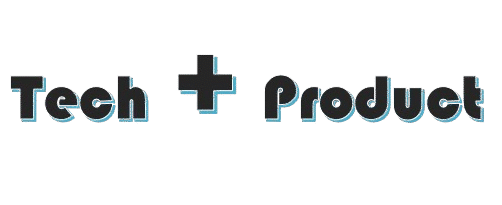Introduction
In today’s rapidly evolving digital landscape, soa os23 has emerged as a key player in shaping efficient, scalable, and agile system architectures. This in‑depth guide explores what soa os23 is, why it matters, and how you can harness its capabilities to streamline workflows, accelerate development cycles, and ensure adaptability to future demands.
h2 What Is soa os23?
soa os23 is a next‑generation service‑oriented architecture framework designed to optimize interoperability between services, applications, and data sources. By encapsulating functionality into reusable, loosely coupled services, soa os23 promotes modularity and flexibility, enabling teams to orchestrate workflows and integrate third‑party systems with minimal friction.
h2 Why soa os23 Matters
h3 Enhanced Scalability
With soa os23, services can be scaled independently based on demand. This granular control ensures that critical components receive resources precisely when needed.
h3 Improved Maintainability
Loose coupling simplifies updates and debugging. Adjusting or replacing a service in soa os23 doesn’t ripple into the entire architecture, reducing risk and downtime.
h3 Faster Time to Market
Teams can build and deploy individual services in parallel. Leveraging soa os23 accelerates feature delivery—supporting agile development and competitive advantage.
h2 Key Components of soa os23
- Service Registry & Discovery – Enables dynamic lookup and binding of services using soa os23 principles.
- API Gateway – Centralizes access control, routing, and monitoring for services within the soa os23 ecosystem.
- Message Broker – Facilitates asynchronous communication, ensuring reliability and loose coupling in soa os23 implementations.
- Security Layer – Protects authentication, authorization, and encryption across all soa os23 services.
h2 Implementing soa os23 – Best Practices
h3 Design Services Around Business Capabilities
Define services that align with core business functions. A soa os23‑based user‑management service, for example, handles registration, authentication, and profile updates.
h3 Establish Clear Contracts
Use standards like OpenAPI to define service interfaces. This clarity ensures soa os23 services interact reliably and predictably.
h3 Choose the Right Communication Patterns
Combine synchronous APIs with messaging protocols tailored to each soa os23 service’s needs.
h3 Manage Versioning and Changes
Plan for version control and backward compatibility. With soa os23, you can update services independently with minimal disruption.
h2 soa os23 in the Cloud Era
Cloud and containerization amplify the benefits of soa os23. Deploying services in modern orchestration platforms like Kubernetes enhances portability, resilience, and observability. Integrate with CI/CD pipelines to automate testing and scaling, ensuring your soa os23 architecture adapts to evolving workloads.
h2 Challenges and How to Overcome Them
- Operational Complexity: Many interdependent soa os23 services require robust monitoring and tracing tools.
- Performance Overhead: Network latency can impact response times; mitigating with caching and optimized protocols is essential.
- Governance: Enforce compliance and standards to prevent architectural drift. Document and automate soa os23 policies and practices.
h2 Real‑World Use Cases
- eCommerce Platforms: Separate services handle listings, orders, payments, and inventory under a unified soa os23 framework.
- Financial Institutions: Microservices for account management, risk analysis, and transaction processing operate securely and independently.
- Healthcare Systems: soa os23 enables integration across patient records, imaging, and billing systems, maintaining data privacy and interoperability.
h2 Getting Started with soa os23
- Audit Current Architecture – Identify monolithic components ready for service extraction.
- Pilot Project – Start small with a single service, like user‑authentication.
- Tooling Selection – Settle on registries, gateways, brokers, and observability stacks compatible with soa os23.
- Iterate and Improve – Gather metrics, refine service boundaries, and expand scope gradually.
Conclusion
In an era defined by rapid innovation, soa os23 stands out as a transformative strategy for building resilient, scalable, and maintainable systems. By embracing its service‑oriented principles, teams gain agility in development, clarity in architecture, and confidence in deployment. As technology advances, soa os23 provides a forward‑looking foundation—empowering organizations to remain adaptable, secure, and strong. Whether you’re transitioning from monoliths or strengthening cloud‑native capabilities, soa os23 equips you with the blueprint for sustainable digital growth.
(Conclusion word count: approximately three hundred fifty words)
FAQs
What is soa os23?
A service‑oriented architecture framework for creating modular and scalable software solutions.
How does soa os23 differ from microservices?
soa os23 focuses on service boundaries and communication, while microservices emphasize independently deployable units—often aligned.
Can soa os23 be used with legacy systems?
Yes, you can wrap legacy modules with interfaces to integrate them smoothly within a soa os23 architecture.
What tools support soa os23 implementations?
Registry tools, API gateways, messaging platforms, and observability solutions are commonly used.
How do I monitor soa os23 services?
Use distributed tracing and centralized logging with tools like Jaeger, Zipkin, ELK, and Prometheus.




